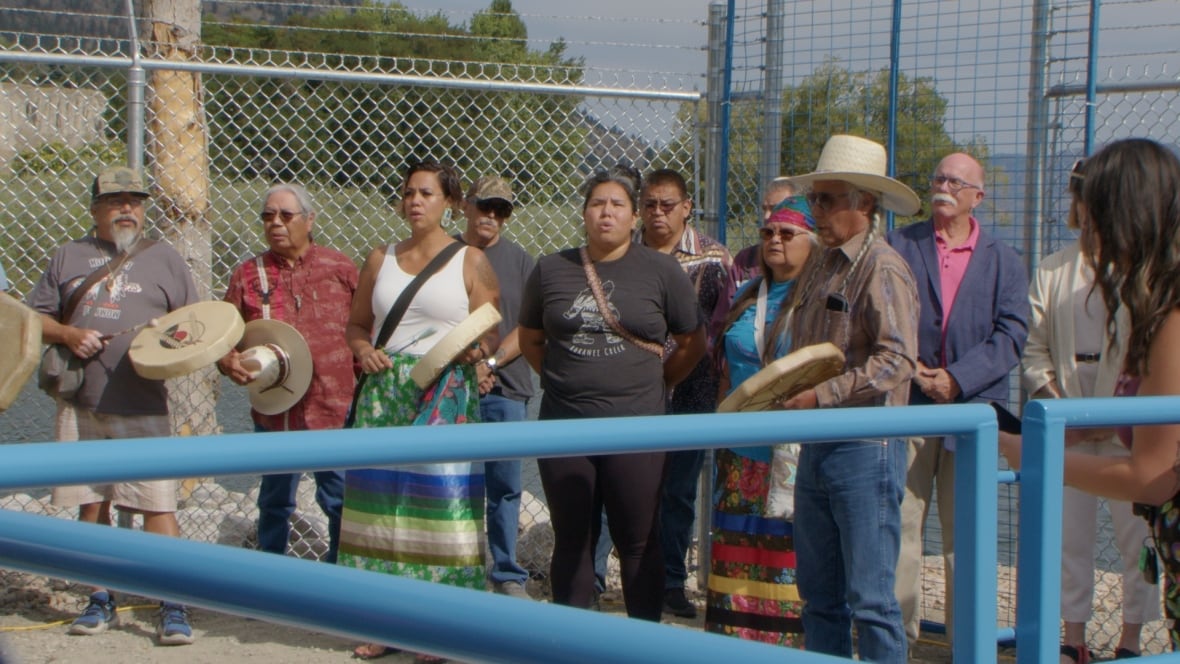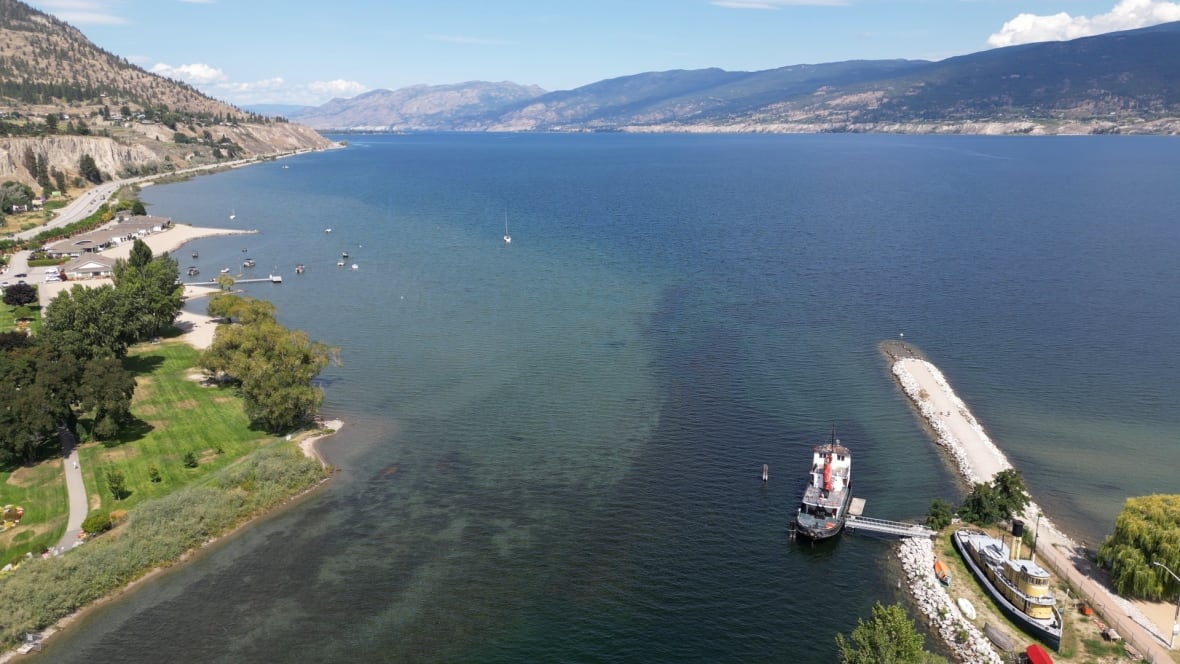For the first time in over a century, sockeye salmon are able to return to Okanagan Lake

Sockeye salmon are able to return to historic spawning grounds in B.C.'s Okanagan region for the first time in over a century, thanks to a new fish passageway built by the Syilx Nation in partnership with the City of Penticton, the province and Fisheries and Oceans Canada (DFO).
The Okanagan Dam Fish Passage bypasses a dam in Okanagan Lake, and according to the Okanagan Nation Alliance (ONA), will allow steelhead, rainbow trout and sockeye, chinook and kokanee salmon to migrate back into the lake and its tributaries through the Columbia River.
Funding for the project was provided under the Habitat Conservation Plan, part of a broader strategy tied to the Priest Rapids hydroelectric project in Washington State that allocates funds for salmon and steelhead habitat restoration.
According to the Pacific Salmon Commission, sockeye salmon spawn from August to late October, and Sylix members are expecting the first migration of salmon into the territory within weeks.
The salmon will migrate from the Pacific Ocean to Okanagan Lake through the Columbia River — the largest river in the Pacific Northwest — which flows through B.C., Washington state and Oregon. The fish will pass through nine different hydroelectric dams on their way to Sylix territory.
ONA, a First Nations tribal council in B.C. made up of seven First Nations whose territory spans from north of Revelstoke into Washington state, was established in 1981 to restore Sylix traditions, culture and governance and says it has been leading fish restoration projects since its inception.

During the opening ceremony for the passageway on Aug. 18, Penticton Indian Band Chief Greg Gabriel told media that "our salmon came through from the states up to the north and for thousands of years we had fishing camps [across borders]."
"Today, we are going to open up this waterway to create a passage for our salmon to continue on with their journey as they did thousands of years ago."
Zoe Eyjolfson, ONA salmon passage project lead, said at least three dams were built in the Okanagan watershed starting in 1914, causing major habitat loss.
"Salmon were at the brink of extinction," she said.

Eyjolfson says the cool Okanagan waters will provide a refuge for salmon to start rebuilding their populations.
According to the ONA website, salmon — or ntytyix — are sacred to the Syilx people.
"They are considered relatives, not resources, and their return marks a powerful act of environmental and cultural healing."

Leon Louis, an elder from Lower Similkameen Indian Band, said salmon that return to the Okanagan will "feed the people, all people, not just mine. That's how important salmon is."

Eyjolfson described seeing the passageway open as a rewarding and proud moment.
"For myself, to know that my kids will see many future generations of salmon coming back to their historic waters, it's a very special day.".
cbc.ca




